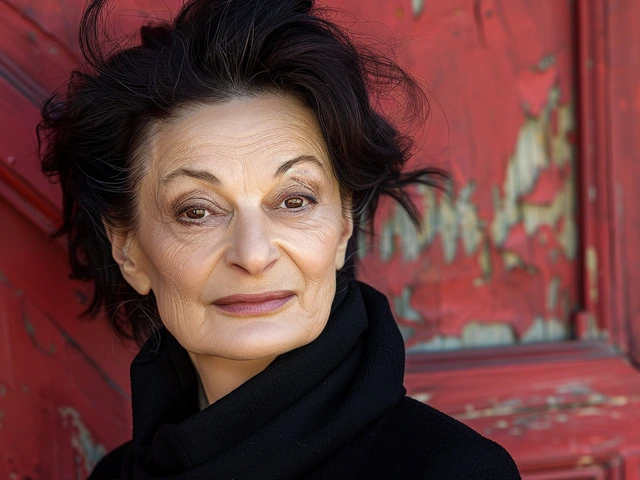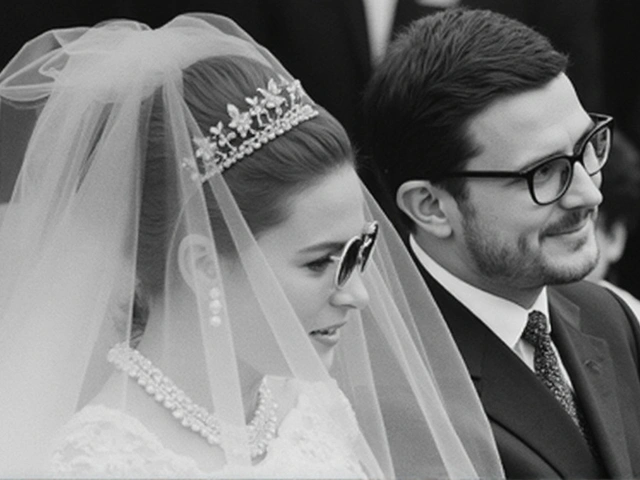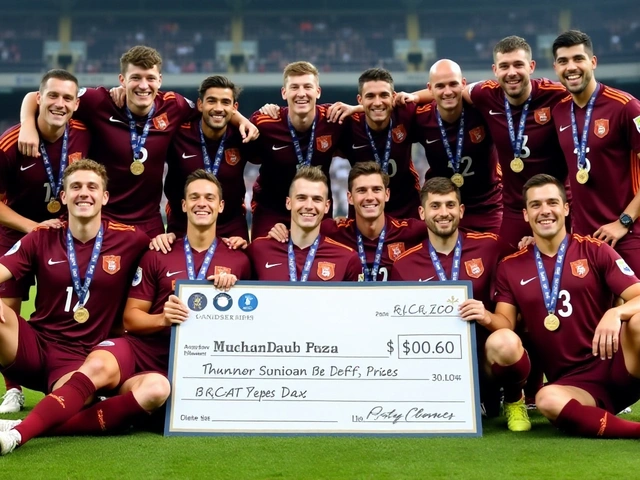Celebrated French Actress Anouk Aimée Passes at 92: A Tribute to 'A Man and a Woman' and 'La Dolce Vita' Star
Jun 19 2024
When you hear about a tennis semifinal, the penultimate round of a tournament where four competitors vie for a place in the final. Also called a semi‑final, it packs the tension of a final into a shorter, faster‑paced showdown. This stage tests stamina, strategy and nerves, and it’s where legends often make the leap to championship glory.
One of the biggest stages for a Grand Slam, the four major tournaments that define a tennis calendar – Australian Open, French Open, Wimbledon and US Open is the semifinal. Grand Slam events draw the deepest fields and the highest stakes, meaning a semifinal win usually earns massive ranking points and media buzz. Meanwhile, the ATP Tour, the worldwide circuit that organizes men’s professional tournaments throughout the year also schedules semifinals in Masters 1000, 500 and 250 events, each with its own point structure and prize pool. Understanding how the ATP Tour’s calendar feeds into Grand Slam preparation helps fans follow why a player might look tired after a back‑to‑back semifinal run.
Every tennis semifinal boils down to two core entities: player performance, the combination of serve efficiency, return quality, movement and mental resilience displayed during a match and match statistics, the quantitative data such as first‑serve percentage, break points saved and unforced errors that illustrate how the game unfolded. A semantic triple could read: "Player performance influences match statistics," because a strong serve habitually raises first‑serve percentages, which in turn reduces break‑point opportunities for the opponent. Another triple: "The ATP Tour schedules Grand Slam semifinals across four continents," highlighting geographic spread and travel impact on performance.
Fans who track these stats can spot patterns – for example, a player who wins 70% of first‑serve points in a semifinal often carries that momentum into the final. Coaches use the data to fine‑tune tactics, like targeting an opponent’s weaker backhand when break points arise. Media outlets also lean on statistics to craft narratives: "Sinner’s 85% first‑serve success in the Paris semifinal set a new record for the Open era." Those numbers give a concrete frame to the excitement of a close five‑set battle.
Beyond the numbers, the psychological element of a semifinal is a distinct entity. The pressure of a single‑elimination match, the crowd’s energy, and the looming prize money all shape a player’s mindset. When a veteran handles that pressure better than a rising star, the outcome often reflects experience over raw talent. This relationship – "psychological pressure affects player performance" – is another semantic connection that adds depth to any analysis.
Below you’ll find a curated set of stories that dive into recent semifinals, from Grand Slam showdowns to ATP Tour breakthroughs, plus deep dives on player performance metrics and how match statistics predict final outcomes. Whether you’re a casual fan looking for the latest scores or a data‑driven enthusiast hunting trends, the collection gives you a well‑rounded view of what makes a tennis semifinal so unforgettable.
Ready to see the matches, numbers and narratives that define today’s semifinals? Scroll down for the full lineup of articles, interviews and breakdowns that bring the excitement of the penultimate round straight to you.
Coco Gauff (USA #3) meets Italy's Jasmine Paolini (#8) in the Wuhan Open semifinal on Oct 11, 2025. The clash could shift rankings, prize money and set up a marquee final.

Jun 19 2024

Mar 25 2025

Oct 9 2024

Mar 18 2025

Oct 11 2025